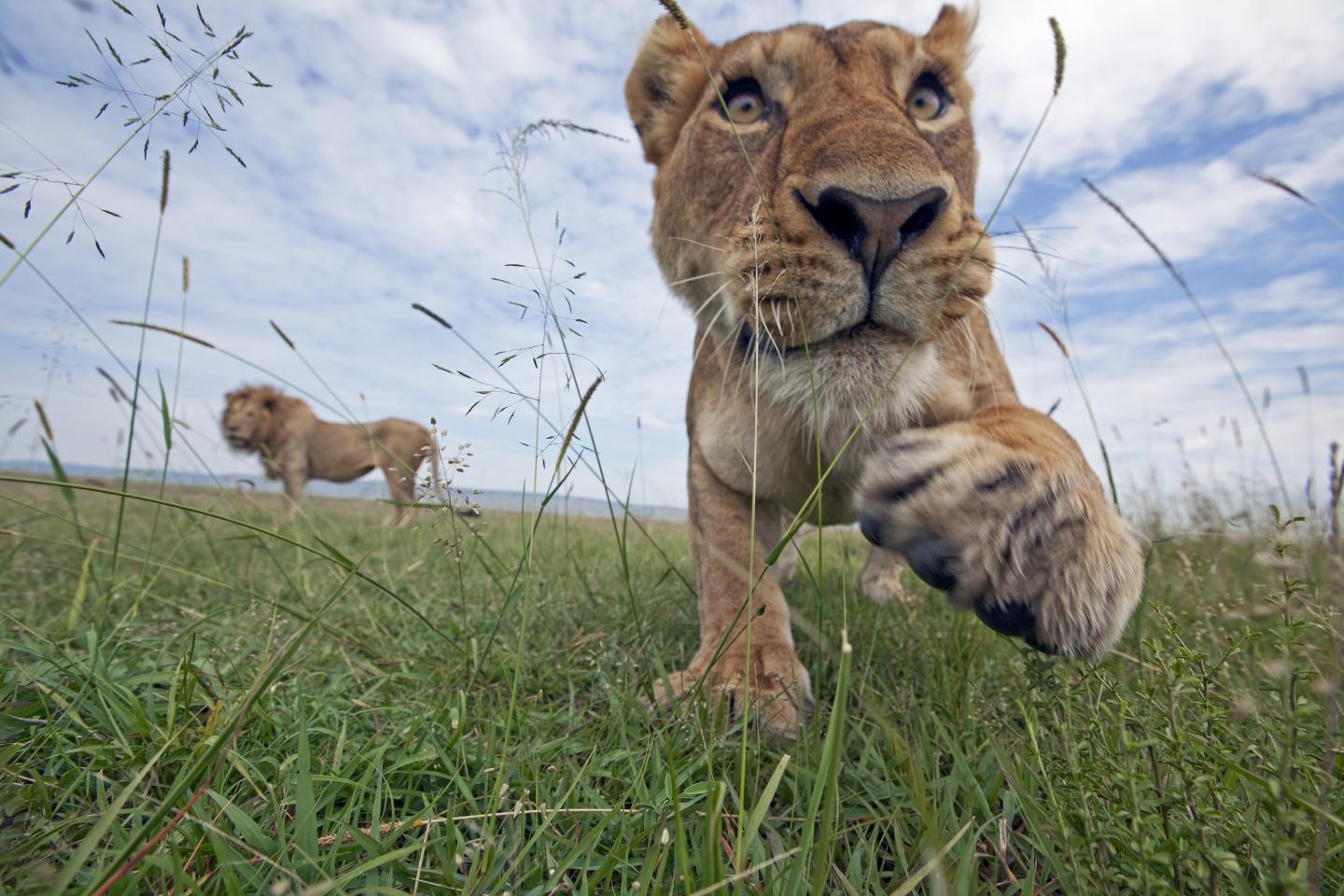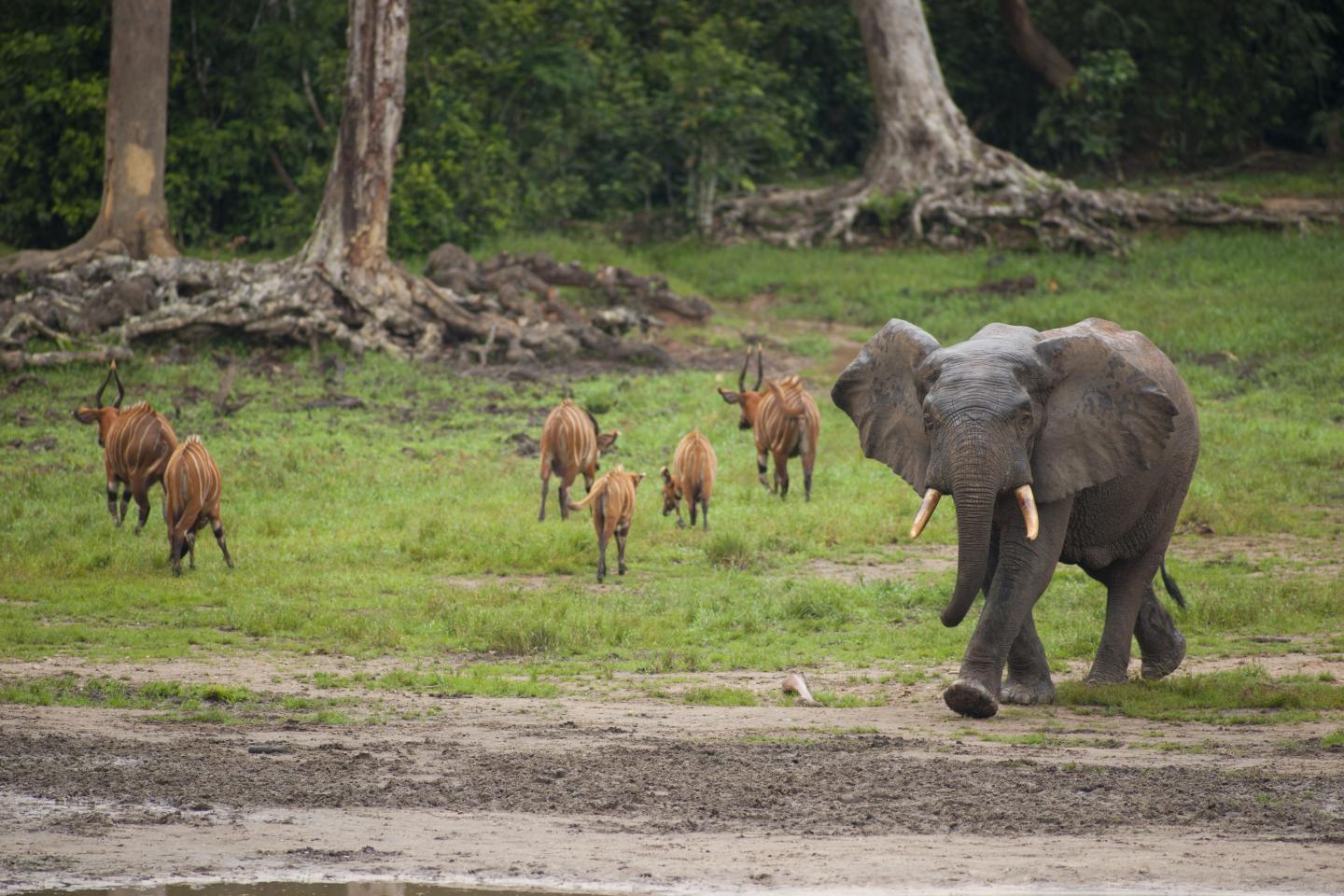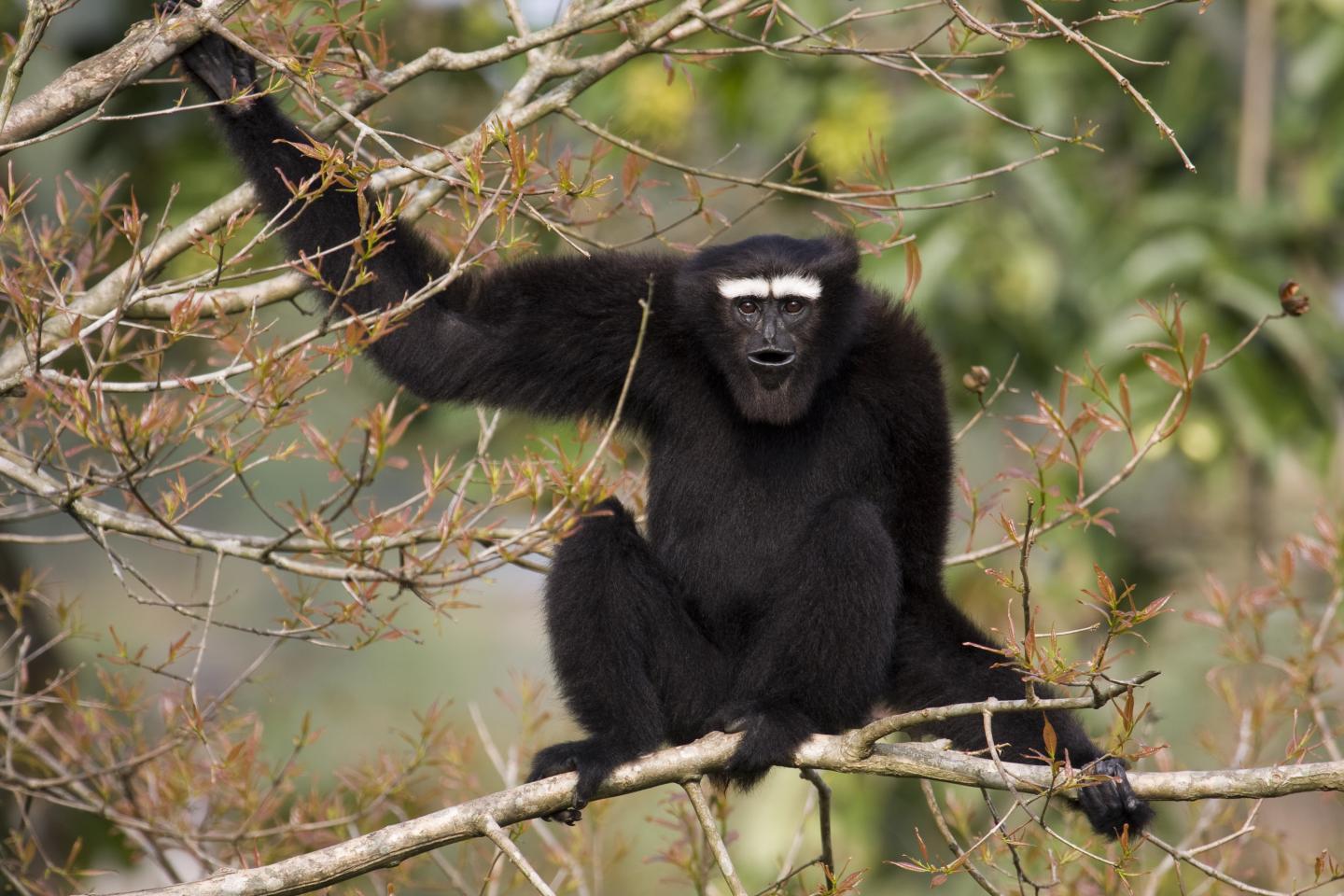Washington, DC – Monday, September 29: Between 1970 and 2010 populations of mammals, birds, reptiles, amphibians, and fish around the globe dropped 52 percent, says the 2014 Living Planet Report released today by World Wildlife Fund (WWF). This biodiversity loss occurs disproportionately in low-income countries—and correlates with the increasing resource use of high-income countries.
In addition to the precipitous decline in wildlife populations the report's data point to other warning signs about the overall health of the planet. The amount of carbon in our atmosphere has risen to levels not seen in more than a million years, triggering climate change that is already destabilizing ecosystems. High concentrations of reactive nitrogen are degrading lands, rivers and oceans. Stress on already scarce water supplies is increasing. And more than 60 percent of the essential "services" provided by nature, from our forests to our seas, are in decline.
"We're gradually destroying our planet's ability to support our way of life," said Carter Roberts, president and CEO of WWF. "But we already have the knowledge and tools to avoid the worst predictions. We all live on a finite planet and its time we started acting within those limits."

An a African Lioness (Panthera leo) takes a swipe at remote camera, Masai Mara National Reserve, Kenya.
(Photo Credit: © naturepl.com / Anup Shah / WWF-Canon)
The Living Planet Report, WWF's biennial flagship publication, measures trends in three major areas:
- populations of more than ten thousand vertebrate species;
- human ecological footprint, a measure of consumption of goods, greenhouse gas emissions; and
- existing biocapacity, the amount of natural resources for producing food, freshwater, and sequestering carbon.
"There is a lot of data in this report and it can seem very overwhelming and complex," said Jon Hoekstra, chief scientist at WWF. "What's not complicated are the clear trends we're seeing -- 39 percent of terrestrial wildlife gone, 39 percent of marine wildlife gone, 76 percent of freshwater wildlife gone – all in the past 40 years."
The report says that the majority of high-income countries are increasingly consuming more per person than the planet can accommodate; maintaining per capita ecological footprints greater than the amount of biocapacity available per person. People in middle- and low-income countries have seen little increase in their per capita footprints over the same time period.

An African Forest elephant (Loxodonta africana cyclotis) enters bai whilst a group of Bongo antelope (Tragelaphus euryceros) leave, Dzanga Bai, Dzanga-Ndoki National Park, Central African Republic.
(Photo Credit: © naturepl.com / Bruce Davidson / WWF-Canon)
While high-income countries show a 10 percent increase in biodiversity, the rest of the world is seeing dramatic declines. Middle-income countries show 18 percent declines, and low-income countries show 58 percent declines. Latin America shows the biggest decline in biodiversity, with species populations falling by 83 percent.
"High-income countries use five times the ecological resources of low-income countries, but low income countries are suffering the greatest ecosystem losses," said Keya Chatterjee, WWF's senior director of footprint. "In effect, wealthy nations are outsourcing resource depletion."
The report underscores that the declining trends are not inevitable. To achieve globally sustainable development, each country's per capita ecological footprint must be less than the per capita biocapacity available on the planet, while maintaining a decent standard of living.
At the conclusion of the report, WWF recommends the following actions:
- Accelerate shift to smarter food and energy production
- Reduce ecological footprint through responsible consumption at the personal, corporate and government levels
- Value natural capital as a cornerstone of policy and development decisions

This is a Hoolock gibbon (Bunopithecus / Hoolock hoolock) in Itanagar, Arunachal, India, captive.
(Photo Credit: © naturepl.com / Axel Gebauer / WWF-Canon)
Source: World Wildlife Fund